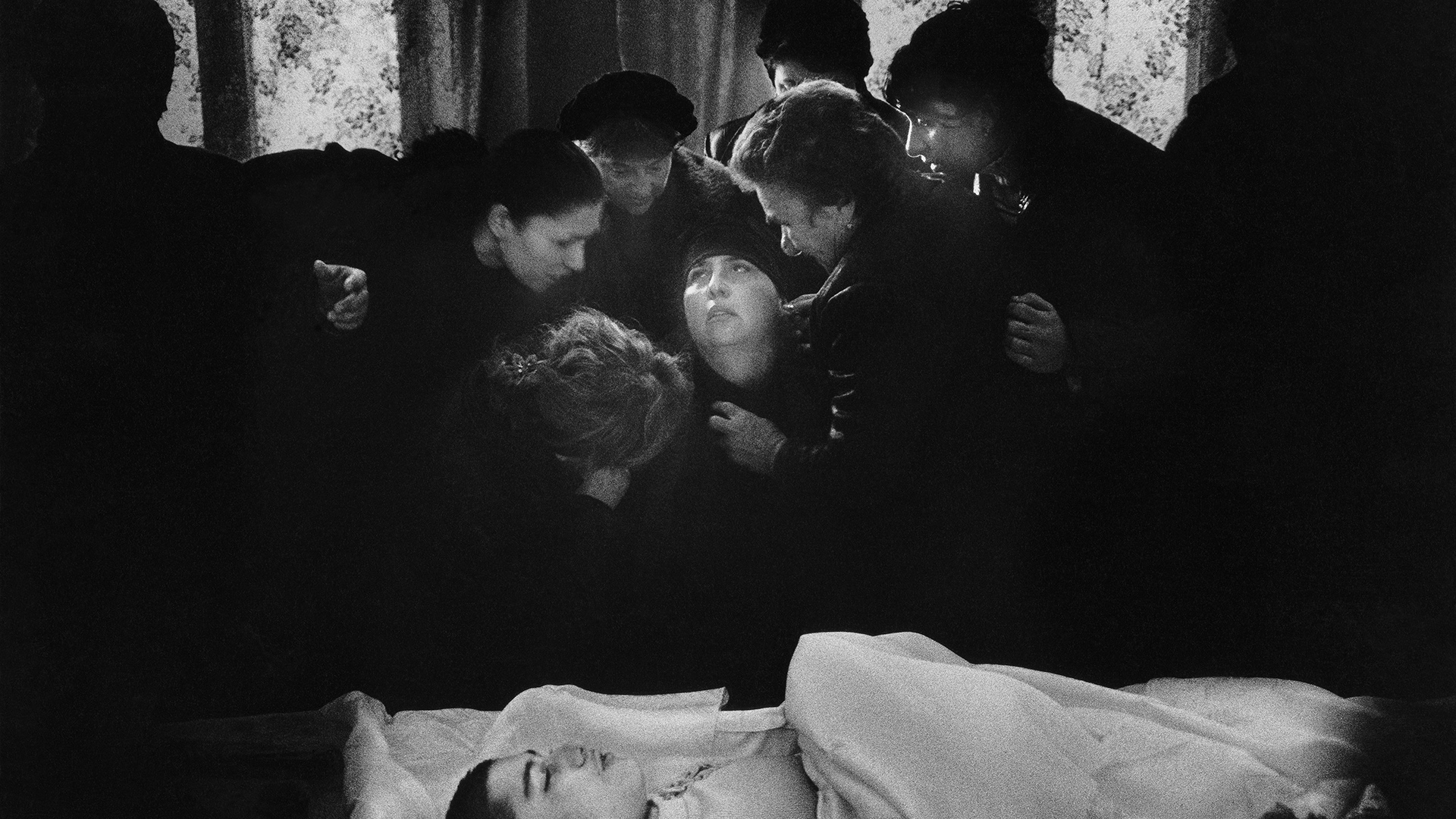
In late September 2020, Azerbaijan, supported by Turkey and jihadist militias, launched an offensive against Armenia in Artsakh (Nagorno-Karabakh). This small territory with a primarily Armenian population (whose presence there dates back to antiquity) declared its independence by referendum in 1991, an independence that Azerbaijan has yet to recognize. After a first war that lasted from February 1991 to May 1994, the situation calmed down for twenty-five years (despite a few clashes breaking out here and there on a regular basis) until that infamous month of September and the resumption of hostilities
From the early days of what is known as the Second Nagorno-Karabakh War, photographer Antoine Agoudjian was on the scene. “I couldn’t help it, I just had to go there, to bear witness, to photograph,” he said, shortly after returning to France. It is no coincidence that Agoudjian, born in 1961, found himself covering this conflict. Born into an Armenian family, he grew up in the Paris suburb of Alfortville, “a kind of Armenistan,” and has focused on capturing the remnants of Armenian collective memory again and again throughout his career.


It was following the earthquake of 1988 that he traveled to Armenia for the first time, where he began to photograph his surroundings whenever his humanitarian aid work would permit. These black and white images became his first monograph, which was published under the title Le Feu sous la Glace [Fire under the Ice] by Parenthèses. “After doing this book, I realized that I wanted to be a professional photographer. I also realized that there were very few photographs on the history of the Armenian people.”

Agoudjian then embarked on an adventure that would last more than twenty-five years (1989-2015), that of retracing the remnants of the Armenian narrative through his photographs. As a photographer-witness, he called into question the Armenian identity and published five monographs on the subject. His travels took him to Lebanon, Syria, Armenia, Georgia, Artsakh, Anatolia, Israel, Iraq, and Iran, to all the regions with an Armenian history. “I was chasing after the ghosts of the past.” These ghosts are also connected to his own family history: “My grandparents are genocide survivors but they never talked about it. They fled Anatolia. On my father’s side, they arrived in Marseille by boat, and on my mother’s side, they lived through the 1917 revolution in Russia and then they came to France afterwards.”


“My images evoke a connection to the land, to the lost land.”
In 2015, he changed directions and stopped shooting in black and white. His timeless images of weddings, parties, and gatherings, which gave the impression of being taken from period films, gave way to the color and harshness of reality. He did away with the past and nostalgia to ground himself in the present and its wars (Iraq, Syria) breaking out in the places where, a hundred years ago, the Armenian genocide was taking place.
History seemed to repeat itself and Armenia went to war. Agoudjian traveled there even though he does not consider himself a war photographer: “What interests me is the balance between geographical space and the history of Armenia, and wars are unfortunately also part of its history. Besides, it is not war that stimulates me but rather to keep recording the collective Armenian memory. My images evoke a connection to the land, to the lost land.”

During the last conflict in Artsakh, he felt like he was back in 1915, as if the ghosts of the past had caught up with him. “The only difference compared with the genocide was that there was an official Armenian army. I saw armed priests who found themselves forced to protect their buildings, young soldiers being baptized before going into battle. Time no longer existed, I didn’t know what day or month it was. After the surrender, the Armenians had to cede territories on which they had lived since ancient times; some of them burned their houses, it’s a tragedy.”
His latest photographs were published in a book where his previous works appear. “In each of my monographs, I always republish images from my previous books; my work is to be experienced as a whole, it is a life-long body of work.” A life that the photographer has devoted and still devotes to healing the wounds of the past, to holding on to his heritage, to reconstructing a lost territory, that of his parents, his grandparents, and so on and so forth, to ultimately tell his story: an Armenian story.
By Sabyl Ghoussoub
Born in Paris in 1988 into a Lebanese family, Sabyl Ghoussoub is a writer, columnist and curator. His second novel, Beyrouth entre parenthèses [Beirut in Parentheses] was released by Antilope editions in August 2020.
Find more photos by Antoine Agoudjian here.



